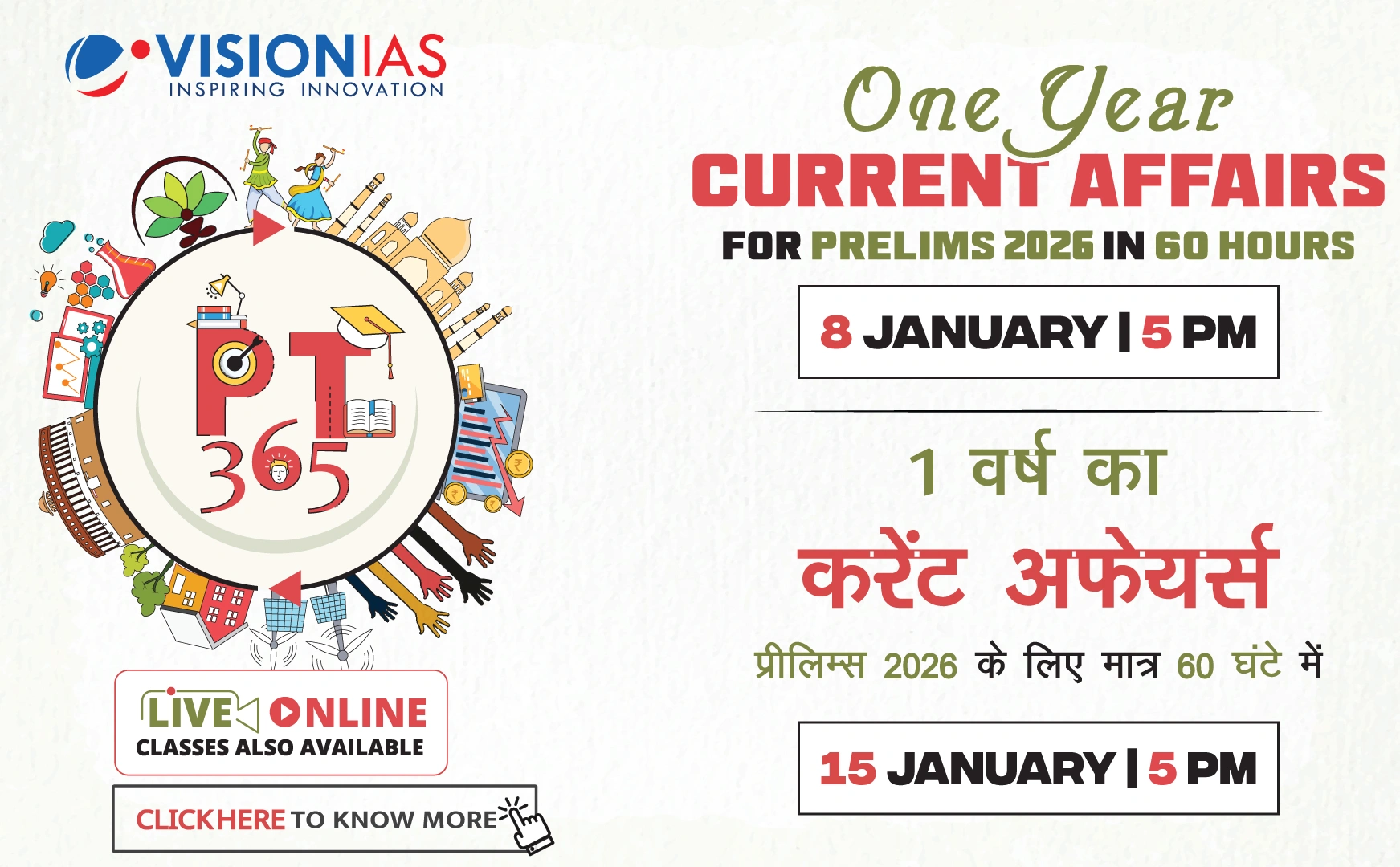Delimitation and Its Implications in India
The Chief Minister of Tamil Nadu has highlighted significant concerns regarding delimitation, particularly for the southern states of India. This issue has become a major political topic.
Constitutional Context
- Article 82: Mandates the readjustment of Lok Sabha (LS) seats after every census.
- Historically, Parliament revised the LS strength in 1952, 1962, and 1972 through the Delimitation Act.
- In 1976, a 25-year freeze on the LS seats was implemented to prioritize population control.
- The Constitution (84th Amendment) Act, 2002, extended the freeze until 2026.
Impact of Delimitation
Post-2026, without a new amendment, the number of LS seats will be reconsidered based on the latest census.
- States like Tamil Nadu and other southern states could lose significant representation despite successful population control measures.
- A recent report indicated states like Uttarakhand, Punjab, Kerala, and others could lose LS seats.
Historical Population and Representation Trends
- 1950: Population of 359 million with 500 LS members.
- 1967: Population increased to 522 million with 521 LS members.
- 1976: Population rose to 637 million; LS expanded to 543 members.
- Present: Population at 1.45 billion, still 543 LS seats.
The population has quadrupled since 1950, but LS seats have increased by less than 10%.
Future Considerations
- UN reports project India's population to peak at 1.7 billion by 2060 before declining.
- There is debate on whether increasing LS seats is necessary when the population growth is stabilizing.
Political and Social Repercussions
- Union Home Minister assured delimitation will adjust "pro rata" but provided no specifics.
- MK Stalin has initiated a Joint Action Committee for a nationwide dialogue on delimitation.
This topic is crucial as the freeze on delimitation is about to end, necessitating inclusive political discussions for future decisions.








